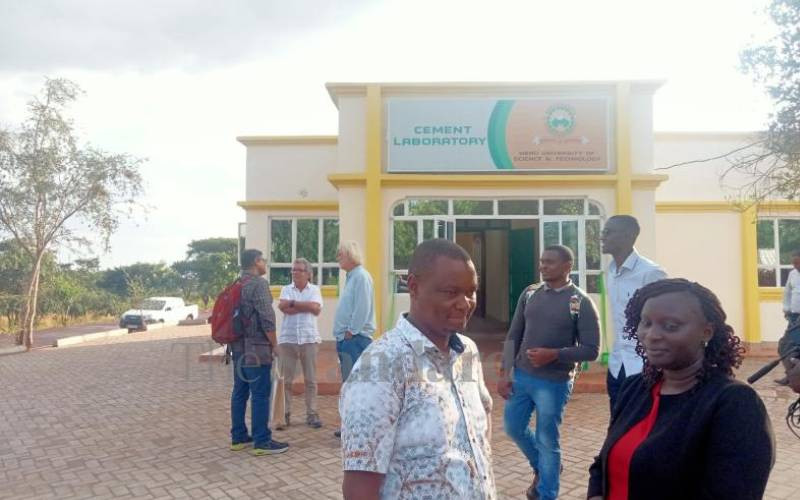×
The Standard e-Paper
Kenya's Bold Newspaper

Scientists at Meru University of Science and Technology (MUST) have innovated clay-based cement, to address climate change and lower the cost of housing.
The innovation aims at offering alternative climate-friendly and cheaper cement to address the rising demand for affordable housing.